
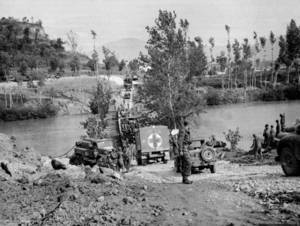
After landing in Paestum, Italy from North Africa in late September 1943, my father’s 168th Regiment didn’t go into combat right away. They stayed around the beach area near Salerno for a week or so, and then moved northwest towards the Volturno River. Many of the soldiers were starting to become miserably ill with Hepatitis A, most likely contracted from a contaminated well in North Africa.
From an excerpt of one of my dad’s letters:
21 October 1943; Italy
“. . . We began our combat in this campaign with a river crossing [Volturno]. All the bridges were blown, of course, so the assault battalions had to wade the river at 2:00 a.m. under fire, etc. I went with one battalion and believe me, the water was plenty cold and very wet. The fire wasn’t as heavy nor did it last as long as we expected (Jerry pulled out rather quickly) so it wasn’t really very bad and our casualties were light for the crossing. The engineers, however, couldn’t get their pontoon bridge in that day due to artillery fire, so we had to evacuate our wounded on rubber boats by pulling the boats along a rope stretched across the river. The current was very swift. I waded the creek three times and almost got swept downstream in water waist deep. The bridge went in O.K. the next day, but by that time most of our outfit was several miles down the road.”
To the 34th “Red Bull” Infantry Division, Italy’s terrain of frigid fast-moving rivers and wet, snowy mountains proved daunting. Mud and rain proved to be major obstacles for the American troops and moving their armored vehicles and supply trucks. Their three dangerous crossings of the Volturno River were interspersed with a series of three vicious battles. One soldier’s firsthand account underscores the challenges: “Swimming in a swift current with clothes on in icy cold water while holding a rifle aloft, takes mental toughness and physical stamina beyond imagination. When reaching the other side, invariably the banks and any flatland would be mined.” —Breakthrough Bn, p.75
I had wanted to visit Caserta, as it seemed fairly close to where the 168th had made its harrowing first crossing of the Volturno River, about which my dad writes. I wanted to see the site for myself. But how could we find the spot? Ask the hotel to find us a driver? Take a taxi? We had only a rough idea of where this crossing occurred 80 years ago, and it would take a dedicated and patient guide, with a keen interest in and knowledge of WWII to be our navigator.
And then, in the middle of the night it occurred to me, like a lightning bolt! We had just left Salerno/Eboli where Luigi Nobile, from the Museum of Operation Avalanche (MOA), had spent an entire afternoon with us locating the beach in Paestum where our father (“Lud”) had landed from North Africa 80 years earlier. Would he consider driving almost two hours from Eboli to Caserta to once again lead us on a quest to pinpoint yet another location of our dad’s WWII route in Italy?
Luigi’s answer was, yes! Jack and I were ecstatic, and couldn’t believe our luck in finding just the right person at the right time in Eboli, and now hiring him to guide us in Caserta, as well. Luigi arrived the next morning at 9:30 am, and after coffee, off we went on another grand adventure to locate our father’s harrowing crossing of the Volturno River.
* * * * * * *
As an aside, after arriving in Caserta by train from Salerno, we toured the Royal Palace, where the Fifth Army’s Headquarters was housed from 1943-1945. No one at the Palace knew of this WWII history when we visited, but surmised the Army’s offices were most likely on the 4th floor, where their own offices were located. Unfortunately, tourists weren’t allowed access to this floor, but we imagined what it must have been like for the army officers in command of a horrific war to walk through the extravagant Palace and climb 4 flights of stairs every day to talk strategy and count casualties.
Here are a few photos of the Royal Palace, whose construction began in 1751 as a royal residence for Charles the VII of Naples (who in 1759, became King Charles III of Spain). The project was carried to only partial completion for Charles' third son and successor, Ferdinand IV of Naples.
Just 20 miles from Naples, the Caserta Palace was the largest former Royal residence in the world, much larger than Versailles. The Reggia di Caserta, as it is known in Italian, was designed by architect Luigi Vanvitelli, whose creation revolutionized world architecture so much that it is the most copied palace in the world. It was also a symbol of contemporary architecture in its day. Today, it is a UNESCO World Heritage Site. It was also the site of Germany’s unconditional surrender in Italy during WWII, and where two Star Wars series movies (plus a few others) were filmed.
Posted December 20, 2023
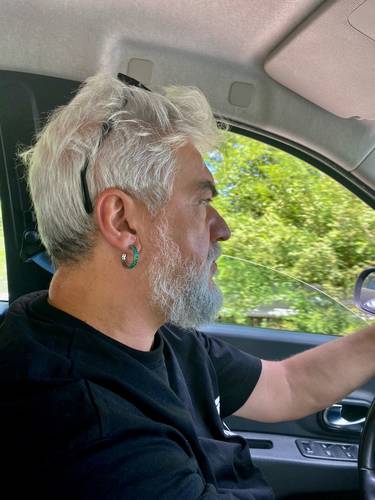
Once again, our generous and willing guide, Luigi Nobile, helped us find another important location of our father's WWII history in Italy. This mission, was to find the site where the 168th Medical Detachment made its harrowing crossing of the Volturno River at 2:00 am on Oct 13, 1943, under heavy artillery fire.
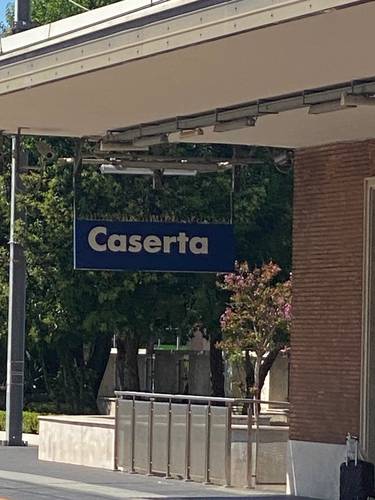
My brother and I had already taken the train from Salerno to Caserta, and Luigi met us there the next morning.
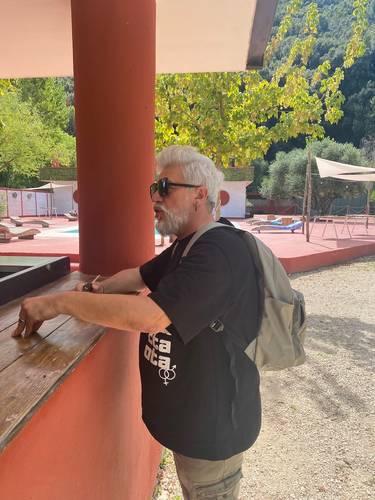
We would never have been able to discover the site of our father's dangerous crossing of the Volturno River, without an Italian guide, and specifically, Luigi's knowledge of WWII.
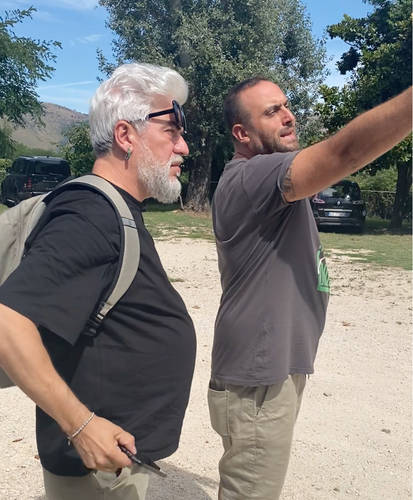
Luigi was able to talk to locals about this area during the war, which helped us pinpoint where Lud's 168th Medical Detachment made their 1st/harrowing crossing at 2:00 am on October 13, 1943.

In October 1943, the Germans had blown all the bridges across the Volturno and the river banks and roads were all heavily mined.
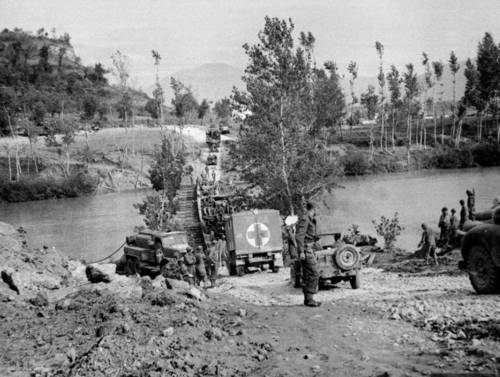
Since the Germans had blown all the bridges, the 34th had to build pontoon bridges to get their vehicles across. The Germans were in the hills, firing down on them.
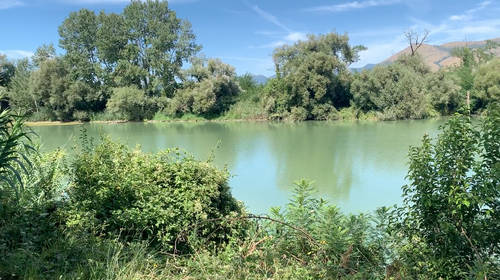
This recent view of the Volturno River is deceptive. In 1943, 80 years ago, this river was swollen, raging, and dangerous as a result of the epic/highest ever rainfall during that year. The Volturno River flows from east to west and was an effective obstacle to protect the enemy positioned in the hills.
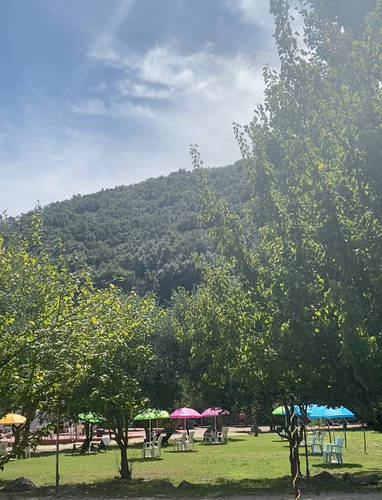
Ironically, this public playground today, was most likely the location of where the 168th Infantry Regiment (of the 34th Infantry Division) made its first crossing of the Volturno River under heavy artillery fire.
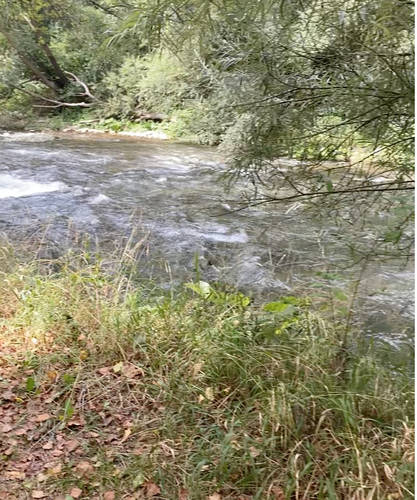
Approximate site of the 3rd crossing of the Volturno River by the 168th Infantry Regiment, near the village of Roccaravindola. 80 years ago, there was no vegetation along the Volturno River which was swollen and raging after record rains. The American troops were very vulnerable to enemy fire, in addition to all the land mines and booby traps. Crossings were dangerous, with water depths often up to soldiers' shoulders.
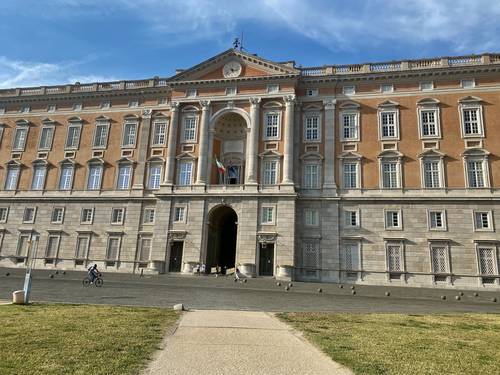
The Royal Palace in Caserta, the largest royal residence in the world. Our hotel was right across the street. The Allied Forces Headquarters for the Mediterranean was located here from 1943-1945. This was also the site of the unconditional surrender of Germany in Italy.

Vanvitelli's grandly scaled model of the palace filled Charles VII with so much emotion, he was ". . . fit to tear his heart from his breast."